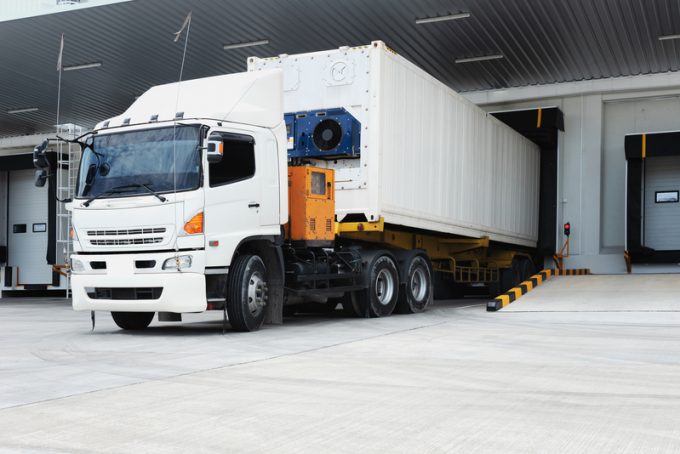Shortage of reefer boxes plays havoc with India's export schedules
Indian cool chain shippers could miss some export order commitments to western buyers for the ...

Strong cold chain logistics growth has triggered market consolidation and attracted new entrants hoping to tackle inefficiencies.
According Matteo Iagatti, senior specialist for food and agriculture supply chains at Rabobank, the cold chain industry is set for 12% annual growth up to 2024, while the top 25 players have increased storage capacity market share to 85%.
“Big players like Lineage Logistics and Americold are consolidating the sector,” he said at the Cool Logistics Global conference.
“But there is a lot of interest from ...
Volcanic disruption at Anchorage could hit transpacific airfreight operations
Macron calls for ‘suspension’ – CMA CGM's $20bn US investment in doubt
Forwarders stay cool as US 'liberation day' tariffs threaten 'global trade war'
Shippers snap up airfreight capacity to US ahead of tariff deadline
De minimis exemption on shipments from China to the US will end in May
Tighter EU import requirements proving 'a challenge' for forwarders
Looming Trump tariffs will create 'a bureaucratic monster' for Customs

Comment on this article